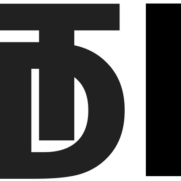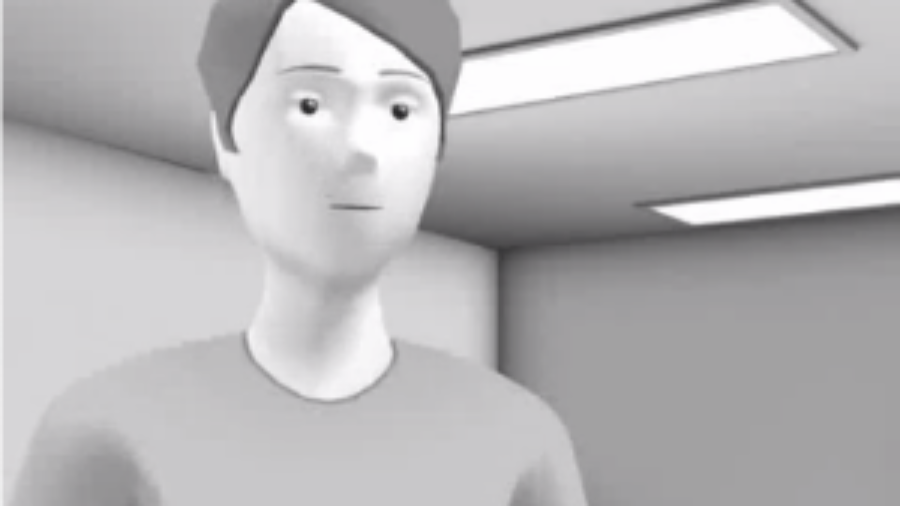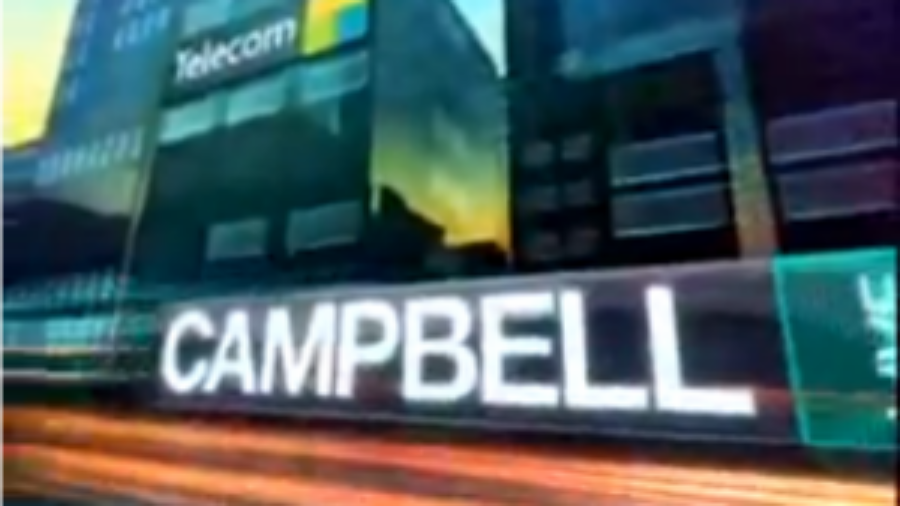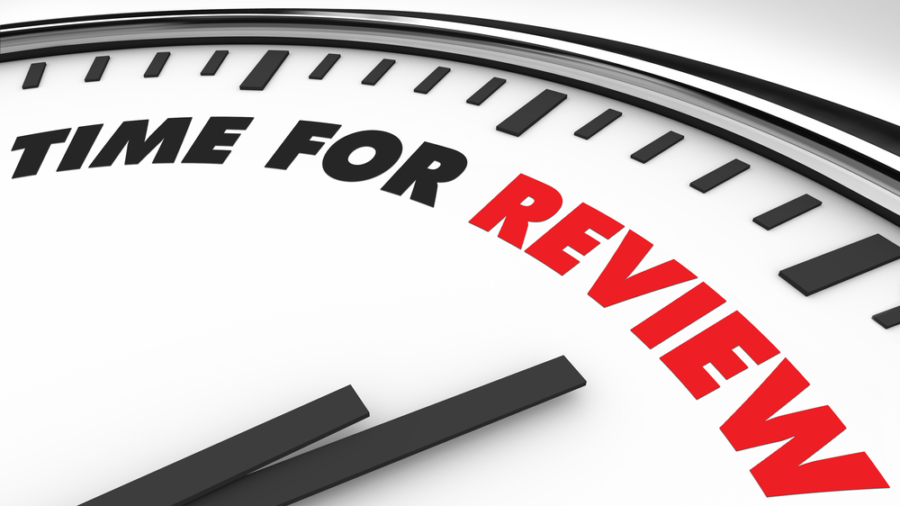Wiki on Brunswick and Northern Suburbs
Brunswick has a wiki
I live in a suburb of Victoria called Brunswick and I just found a wiki -see below
Facts about Australia
After my Mum and Dad visiting Australia I thought I should put to task a big misconception about Australia being a dry and large dessert. It is true there are large amounts of dessert but there is also alot of arable land here too.
Australia is ranked #7 in the world with the number of cultivated land by country. The whole world 17,000 sq kilometers of cultivated land which is 11.61% of all land
1 US
2 India
3 China
4 Russia
5 Brasilland use by country from wikipeadia
6 Canada
7 Australia has 471k sq Kilometers which is 6% of total area
land use by country wikipeadia
In fact Australia is a breadbasket here is a link to all the produce from the country
Australia is the world #1 provider of wool and lupins source produces more hops and barley than the UK
The origin of the name New Zealand
We are in New Zealand below is a map of where we are going on our trip (with markers indicating where we are staying)
View New Zealand Trip Jan 2010 in a larger map
Ever wondered where New Zealand got it’s name?
“Zeeland (![]() pronunciation (help·info)), also called Zealand in English and Zeelandic, is a province of the Netherlands. The province, located in the south-west of the country, consists of a number of islands (hence its name, meaning “sea-land“) and a strip bordering Belgium. Its capital is Middelburg. With a population of about 380,000, its area is about 2930 km², of which almost 1140 km² is water. Large parts of Zeeland are below sea level. The last great flooding of the area was in 1953. Tourism is an important economic activity. Its sunny beaches make it a popular holiday destination in the summer. Most tourists are Germans. In some areas, the population can be two to four times higher during high summer season. The coat of arms of Zeeland shows a lion half-emerged from water, and the text “luctor et emergo” (Latin for “I struggle and I emerge”).” Zeeland (
pronunciation (help·info)), also called Zealand in English and Zeelandic, is a province of the Netherlands. The province, located in the south-west of the country, consists of a number of islands (hence its name, meaning “sea-land“) and a strip bordering Belgium. Its capital is Middelburg. With a population of about 380,000, its area is about 2930 km², of which almost 1140 km² is water. Large parts of Zeeland are below sea level. The last great flooding of the area was in 1953. Tourism is an important economic activity. Its sunny beaches make it a popular holiday destination in the summer. Most tourists are Germans. In some areas, the population can be two to four times higher during high summer season. The coat of arms of Zeeland shows a lion half-emerged from water, and the text “luctor et emergo” (Latin for “I struggle and I emerge”).” Zeeland (![]() pronunciation (help·info)), also called Zealand in English and Zeelandic, is a province of the Netherlands. The province, located in the south-west of the country, consists of a number of islands (hence its name, meaning “sea-land“) and a strip bordering Belgium. Its capital is Middelburg. With a population of about 380,000, its area is about 2930 km², of which almost 1140 km² is water. Large parts of Zeeland are below sea level. The last great flooding of the area was in 1953. Tourism is an important economic activity. Its sunny beaches make it a popular holiday destination in the summer. Most tourists are Germans. In some areas, the population can be two to four times higher during high summer season. The coat of arms of Zeeland shows a lion half-emerged from water, and the text “luctor et emergo” (Latin for “I struggle and I emerge”).FULL wikipeadia entry here
pronunciation (help·info)), also called Zealand in English and Zeelandic, is a province of the Netherlands. The province, located in the south-west of the country, consists of a number of islands (hence its name, meaning “sea-land“) and a strip bordering Belgium. Its capital is Middelburg. With a population of about 380,000, its area is about 2930 km², of which almost 1140 km² is water. Large parts of Zeeland are below sea level. The last great flooding of the area was in 1953. Tourism is an important economic activity. Its sunny beaches make it a popular holiday destination in the summer. Most tourists are Germans. In some areas, the population can be two to four times higher during high summer season. The coat of arms of Zeeland shows a lion half-emerged from water, and the text “luctor et emergo” (Latin for “I struggle and I emerge”).FULL wikipeadia entry here
The dangers of Cellphones
After the HAARP post I was doing some more digging into Dr Nick Beggich who introduced the movie about HAARP. I found that his father was a democratic senator who died under suspicious circumstances and he also had another video about the dangers of mobile phones which I actually found quite credible where he talked about Dr George Carlo a scientist employed by lobbyists to the mobile phone industry.
Here is His video
Here is the video with Dr George Carlo
There was also a Scandinavian research that has been taken place
May 17, 2005
A Swedish study finds that users of digital phones in rural areas may be at greater risk of brain cancer. Its authors say the link is troubling, although they acknowledge that the amount of data is small and wider research is needed to amplify the findings.
The researchers said that incidence of brain tumors in rural areas of Sweden was much higher among users of GSM cell phones than among rural residents who were not cell phone users. The rate was also higher than among GSM users in urban areas.
The chance of developing a malignant brain tumor was roughly eight times
Vertical Gardens
I was thinking about building a multi level garden and have been looking on google – it’ fascinating!
This website looked cool
http://www.verticalgardenpatrickblanc.com/
Below is a video showing how to DIY a vertical garden.
I also liked this one too
This website looked pretty cool too
More infotmation here on DIY Hydroponics
Review and Renew 2009
I have been thinking about the garden what went well and what didn’t go quite so well and what I want to try in 2009.
Went well
- Compost – composted all household compostibles
- Lettuce (I had home grown lettuce most days)
- Mint – great but has now passed its best lasted about 3 months
- Rosmary – can’t fail with this
- Dwarf broad beans – I harvested a few and killed them and left in soil (fixing nitrogeon)
- Garlic (from sprouted cloves)
- Basil – good but bolted quickly
Almost Worked
- Peas, tomatoes – started well but got rot
- Cabbage, broccoli – started well be savaged by snails cabbage moth & slugs.
- Broad beans some looked promising but rotted or just died
- Strawberries, grapes (produced but eaten by birds)
- Chillis (from from chill seeds from kitchen) kept getting eaten when young
- Soybeans (maybe the seeds were bad)
- Grow from seeds they kept dying
- How to use mulch
- How to water
Painfull eyes continued
 My eye has been giving me grief again. I went to see a specialist about three months ago and he told me I have a “corneal erosion”. Basically it like a scab on my eye that keeps sticking to my eyelid and slows dow the repair. Using thick eye lubricant on my eye before I go to bed helps although sleeping on my right side (as it is my left eye with teh erosion) it has been playing up recently and I was doing a bit of research looking into eye health and this is what I found
My eye has been giving me grief again. I went to see a specialist about three months ago and he told me I have a “corneal erosion”. Basically it like a scab on my eye that keeps sticking to my eyelid and slows dow the repair. Using thick eye lubricant on my eye before I go to bed helps although sleeping on my right side (as it is my left eye with teh erosion) it has been playing up recently and I was doing a bit of research looking into eye health and this is what I found
“Taking a vigorous walk for at least a half hour can temporarily reduce discomfort and pressure in the eyes.“
also recommend
“Blend until smooth: Serves one.
1 dash of cinnamon
3 ice cubes
1 tablespoon flax seed oil
1 tablespoon lecithin granules
2 level scoops of vanilla or chocolate whey protein powder
1/2 banana or 1 cup of fresh fruit (mangoes, strawberries, blueberries, cherries, peaches, etc.)”
full article
















